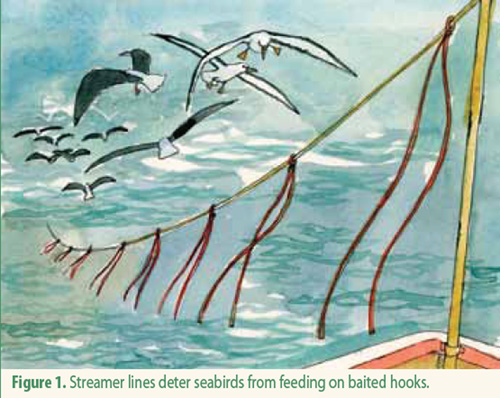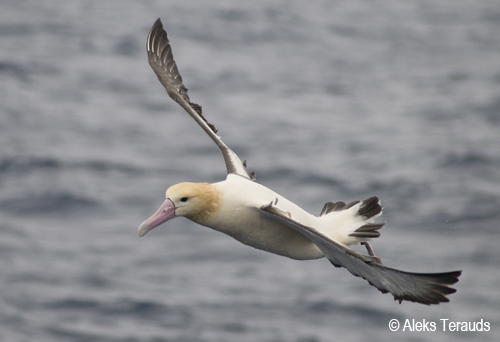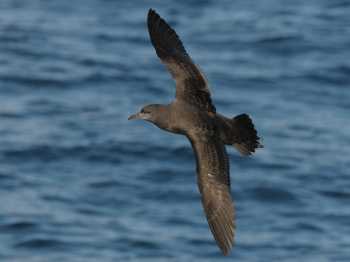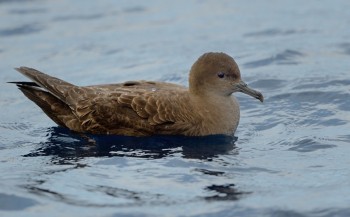The International Commission for the Conservation of Atlantic Tunas (ICCAT) held an intersessional meeting of its Sub-Committee on Ecosystems from 08 to 12 June 2015 in Madrid, Spain (click here).
At the meeting progress was achieved in preparing for the formal review of the Commission’s seabird bycatch mitigation measure (Recommendation 11.09 Supplemental Recommendation by ICCAT on Reducing Incidental Bycatch of Seabirds in ICCAT Longline Fisheries). The review of Rec 11-09 was originally scheduled to take place in 2015. However, at the 2014 meeting of ICCAT’s Sub-Committee on Ecosystems it was agreed that a longer time series of data was required, and so it was recommended that the review be delayed by a year. Consequently, the 2015 meeting of the Sub-Committee on Ecosystems was earmarked for preparatory work to inform and help facilitate the review in 2016. The meeting considered a number of seabird-related papers, three of which were submitted by the Albatross and Petrel Agreement.
On the basis of the papers presented and discussions at the meeting, the Sub-Committee agreed to use as the two main indicators for the 2016 review trends in seabird bycatch rates and estimated total numbers of seabirds killed from 2010 to 2014, a period which spans the adoption of seabird bycatch mitigation measures as set out in Rec 11-09. A draft work plan was prepared, and the information that Contracting Parties (CPCs) will be required to submit for the review was identified. The ICCAT Secretariat has also recently contracted work to update EFFDIS (the Fisheries Effort and Distribution Database), which is an important source of information for the seabird review. It is anticipated that the update will be ready well in advance of the 2016 review.
ACAP was represented by the Convenor of its Seabird Bycatch Working Group, Anton Wolfaardt.

Submitted papers relevant to seabirds:
ACAP Secretariat 2015. ACAP summary advice for reducing impact of pelagic longlines on seabirds. SCRS/2015/114.
Angel, A., Wanless, R. & Small, C. 2015. ICCAT process for national reporting on bycatch: an assessment of need from a seabird bycatch perspective. SCRS/2015/119.
Crawford, R. 2015. Seabird bycatch mitigation factsheets. SCRS/2015/117.
Inoue, Y., Yokawa, K. & Minami, H. 2015. Preliminary analyses; evaluation of the effects of the newly employed seabird bycatch regulation for longline fisheries in ICCAT conventional area with using current observer data. SCRS/2015/130.
Wanless, R. & Small, C. 2015. New opportunities to improve reporting and develop approaches for better understanding seabird bycatch in tuna longline fisheries. SCRS/2015/118.
Wolfaardt, A. 2015. Data collection requirements for observer programmes to improve knowledge of fishery impacts on seabirds. SCRS/2015/115.
Wolfaardt, A. & Debski, I. 2015. Estimation of seabird bycatch rates and numbers. SCRS/2015/116.
Anton Wolfaardt, Convenor, ACAP Seabird Bycatch Working Group, 30 June 2015

 English
English  Français
Français  Español
Español 


